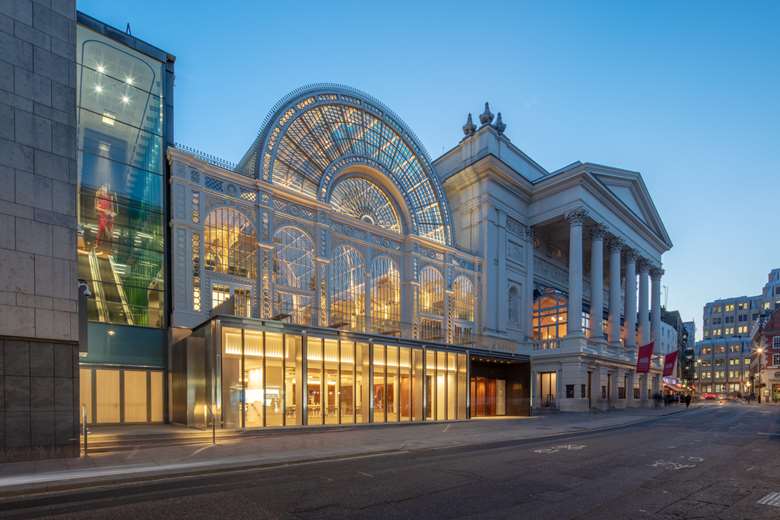'75% of productions directed by men either had no women or only a single woman in creative roles': Gender imbalance in opera
Claire Jackson
Wednesday, September 15, 2021
A new report considers the gender inequalities behind the scenes in the UK's opera houses


Register now to continue reading
Don’t miss out on our dedicated coverage of the classical music world. Register today to enjoy the following benefits:
- Unlimited access to news pages
- Free weekly email newsletter
- Free access to two subscriber-only articles per month